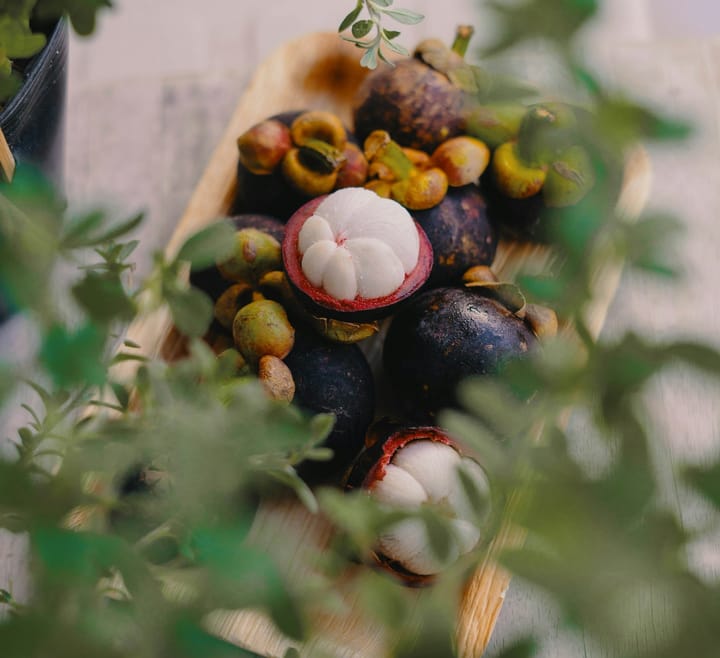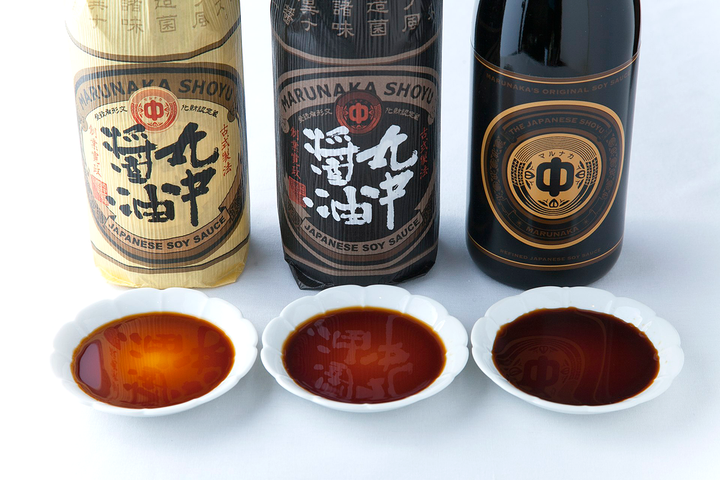The K Value Explained: A Method for Measuring Fish Freshness
The K value, a scientific metric for assessing fish freshness, measures postmortem biochemical changes that impact taste, safety, and quality, offering an objective standard for evaluating fish's flavor and safety profile.

Fish freshness is a crucial determinant of its taste and safety. As fish and meat age, their components degrade, reducing flavor and potentially introducing harmful substances.
The "K value" is an objective, scientific standard used to assess the freshness of fish, providing insights into its safety and taste profile.
By understanding the biochemical changes that occur postmortem, we can better appreciate the significance of this metric.
Why Freshness Matters
The quality of fish diminishes over time due to enzymatic activity and microbial growth.
This degradation not only affects taste but also impacts safety, making the assessment of freshness critical.
Freshness indicators help identify the optimal window for consumption, ensuring that fish is both delicious and safe.
When a fish is alive, its muscles rely on adenosine triphosphate (ATP) to generate the energy needed for swimming.
ATP is replenished continuously through respiration and glycogen breakdown.
However, once the fish dies, ATP synthesis ceases. This triggers a series of biochemical reactions that ultimately lead to the onset of rigor mortis.
Understanding this process provides the foundation for using the K value as a freshness indicator.
The Biochemistry of Fish Freshness
Postmortem, ATP in fish muscles breaks down through a series of steps:
- Adenosine Diphosphate (ADP): ATP is first converted to ADP.
- Adenosine Monophosphate (AMP): ADP then transitions to AMP.
- Inosinic Acid (IMP): AMP further breaks down into IMP.
- Hypoxanthine Riboside (HxR): IMP degrades to HxR.
- Hypoxanthine (Hx): Finally, HxR converts into Hx.
Each of these compounds contributes to the overall chemical profile of the fish.
Early in the process, compounds like IMP enhance flavor, giving fish its umami richness.
However, as time progresses and HxR and Hx accumulate, the taste deteriorates, often becoming bitter or unpleasant.
Calculating the K Value
The K value is a mathematical formula that captures the relationship between the breakdown products of ATP:
K value (%) = [(HxR + Hx) / (ATP + ADP + AMP + IMP + HxR + Hx)] × 100
This formula quantifies the extent of ATP degradation, providing a clear snapshot of fish freshness.
A low K value indicates a high level of freshness, while a high K value signals advanced decomposition.
Interpreting the K Value
The K value provides a useful guideline for determining the usability of fish:
- 5-20%: Extremely fresh. Suitable for raw consumption, such as sashimi.
- 20-40%: Good freshness. Ideal for sushi, as flavors mature and IMP peaks.
- 40-60%: Moderate freshness. Best suited for cooking methods like grilling or simmering.
- Above 60%: Decomposed. Unsafe and unsuitable for consumption.
Interestingly, the rate at which the K value increases varies among fish species.
Red-fleshed fish, such as tuna and mackerel, show a rapid rise in K value, while white-fleshed fish like red sea bream and flatfish exhibit a slower rate of increase.
This variation highlights the importance of species-specific knowledge when evaluating freshness.
Factors Influencing Rigor Mortis and K Value
The onset and progression of rigor mortis—and, consequently, changes in the K value—are influenced by several factors:
- Pre-Mortem Stress: Fish that struggle vigorously before being caught consume more ATP. This accelerates the onset of rigor mortis and hastens spoilage.
- Handling and Storage: Proper handling techniques, such as ikejime (a humane method of killing fish), help preserve ATP levels. Rapid cooling and consistent refrigeration also slow biochemical degradation.
- Species Characteristics: As mentioned earlier, different species have varying rates of ATP breakdown, affecting the progression of the K value.
Enhancing Freshness Through Techniques
- Ikejime Method: A traditional Japanese technique, ikejime involves severing the brain and spinal cord of the fish immediately after capture. This minimizes stress and preserves ATP levels, delaying rigor mortis and spoilage.
- Chilling: Rapid cooling slows enzymatic activity and microbial growth. Ice slurry is particularly effective in maintaining freshness during transportation.
- Vacuum Packaging: By reducing oxygen exposure, vacuum sealing inhibits the growth of aerobic bacteria, extending shelf life.
Beyond Freshness: The Art of Aging Fish
Interestingly, fish is not always best consumed at peak freshness.
Controlled aging allows certain species to develop enhanced flavors.
For instance, sushi chefs often let fish mature to a K value of around 40%, where IMP levels are optimal for flavor.
This aging process requires precise temperature and humidity control to ensure safety and taste.
Practical Applications of the K Value
The K value serves as a valuable tool for both consumers and professionals:
- For Chefs: Understanding the K value helps chefs select fish at the optimal stage for specific dishes, whether raw or cooked.
- For Consumers: Familiarity with the K value empowers consumers to make informed decisions when purchasing fish.
- For Industry: Fisheries and distributors use the K value to monitor quality, ensuring that products meet safety and taste standards.
Key Takeaways for Different Fish Species
- Cod and Mackerel: These species exhibit a rapid rise in K value, necessitating quick consumption or immediate preservation.
- Red Sea Bream and Flatfish: Slower K value progression makes these species ideal for extended storage under proper conditions.
- Tuna: High demand for sashimi-grade tuna underscores the importance of precise handling to maintain a low K value.
Conclusion
The K value is a robust metric that captures the complex interplay of biochemical changes in postmortem fish.
By understanding this formula, we gain valuable insights into the delicate balance of freshness, flavor, and safety.
Whether you’re a professional chef, a seafood enthusiast, or a casual consumer, the K value offers a practical and scientific approach to evaluating fish quality.
With proper handling and storage techniques, it’s possible to extend the window of usability, ensuring that seafood remains both delicious and safe for consumption.


